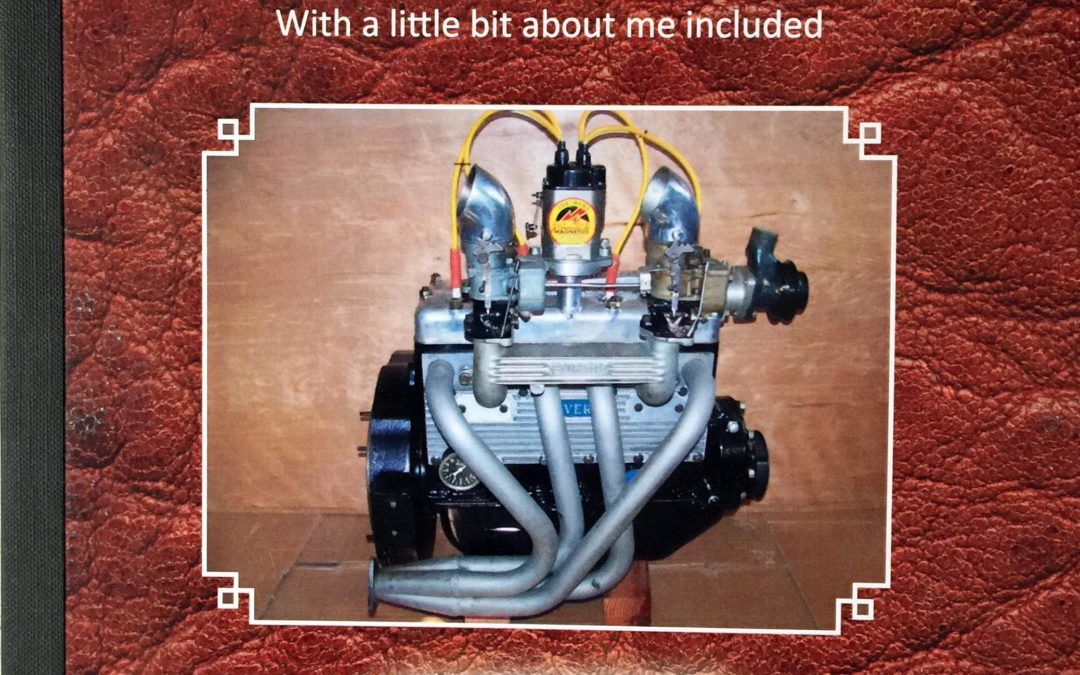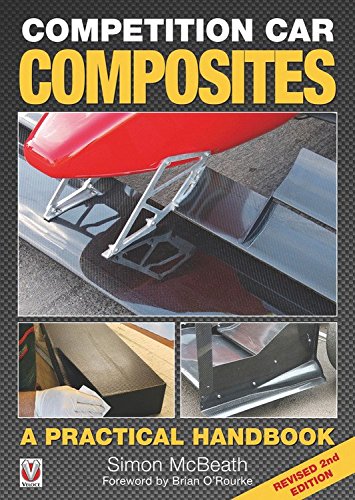
Barney Oldfield riveted his eyes into one of the 3.2 million bricks that paved America’s First Super Speedway. He sought to blot out the din of a packed grandstand and the dangerous gusts that could sweep his car into the unforgiving concrete wall. A record run could restore his reputation as America’s Speed King or cost him his life. A record run could deliver the telling blow in the raging culture war for the soul of American auto racing. Oldfield has the fastest car in the world, and now he must prove himself as America’s champion and ensure the success of his friend Carl Fisher’s titanic battle to raise the modern Indianapolis Motor Speedway up from a fallow cornfield. It’s May 1910 and you have a front-row seat.
The Legend of the First Super Speedway thrusts you into the early 20th century with vivid interpretations of auto racing and what it would be like to walk among the people and grasp their world view. You will meet the rugged characters of the era as they get “corned” on whiskey, chew “chaw,” and bounce violently as they scorch the bricks of America’s first speedway. You will ride with them on trains, bound across the craggy terrain of road races, and step over dead horses rotting in the street. The world convulsed with technological change, and the winners mastered it.
Everything unfolds through the eyes of protagonists Barney Oldfield and Carl Fisher as they grapple with a cultural battle for the soul of American auto racing. Most importantly, early auto racing’s good, bad, and ugly are put before you in an unvarnished fashion. Why? Because it really happened. No storyteller needs to dramatize a single detail because the amazing events actually took place and the awe-inspiring people behind them walked the Earth just as you do now.

NEW EDITION WITH ADDED PAGES AND COLOR PICTURES
A Journey of Discovery
Four cylinder fords are the backbone of hot rodding as we know it today. Fords were chosen in the Model T day because they were tough, plentiful (cheap) and easy to work on. When the Model A was introduced in 1927 it was a boon to an exploding industry. The A was bigger, faster and tougher than the T. The 1932-1934 Model B was the last of the 4 bangers to be produced by Ford for many a year,and the toughest of them all.
Models T, A & B Fords were raced on tracks across the country and even in some countries other than the good old U.S.of A. T’s were still running on the bricks at Indianapolis after the war, WWII.
On the California dry lakes the A’s were also dominant until after the war. With the advent of vintage classes at Bonneville late last century they became, once again, popular and fast, faster than ever, with a few going over 200MPH!
This book focuses on the Model A & B Fords, how to make them faster and more reliable, for street use and racing purposes. There are more 4 bangers on the road and track today than there have been since the 1940’s.

Composites have been around since ancient civilisations began making bricks from clay and straw. Glass fibre, carbon fibre and aramid fibres – to name but three – are recent innovations, yet today there are few competition cars that don’t have at least some components made out of one or more of these materials. However, while it is well known that glass fibre technology can be used in the home workshop, what may not be so widely realised is that more advanced fibres also lend themselves to DIY methods.
This revised edition of Competition Car Composites starts by examining the materials and methods that can be used, explaining basic ‘wet’ and ‘dry’ laminating techniques, pattern making and mould construction, and the design and manufacture of components. It then goes on to cover material and technology upgrades, and how more advanced materials can be exploited to achieve improved properties and reduced weight. The use of thermoplastic materials, resin infusion methods, and, especially, ‘pre-pregs’ in the home workshop, are also discussed, as are the composite techniques used by top racecar constructors.





